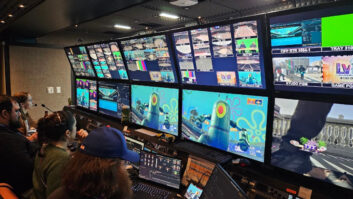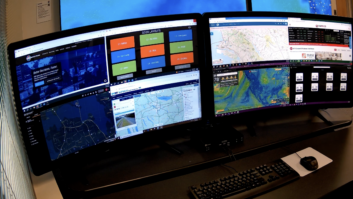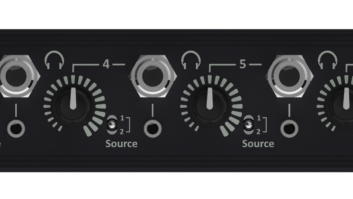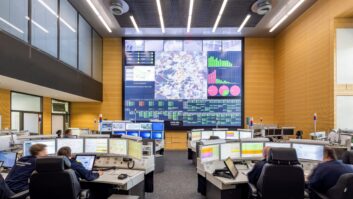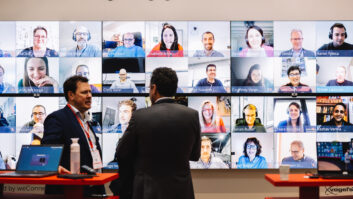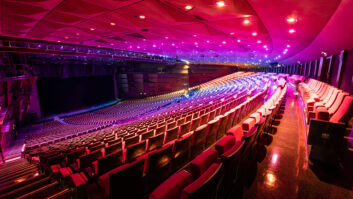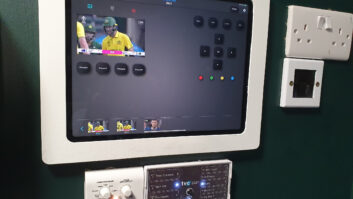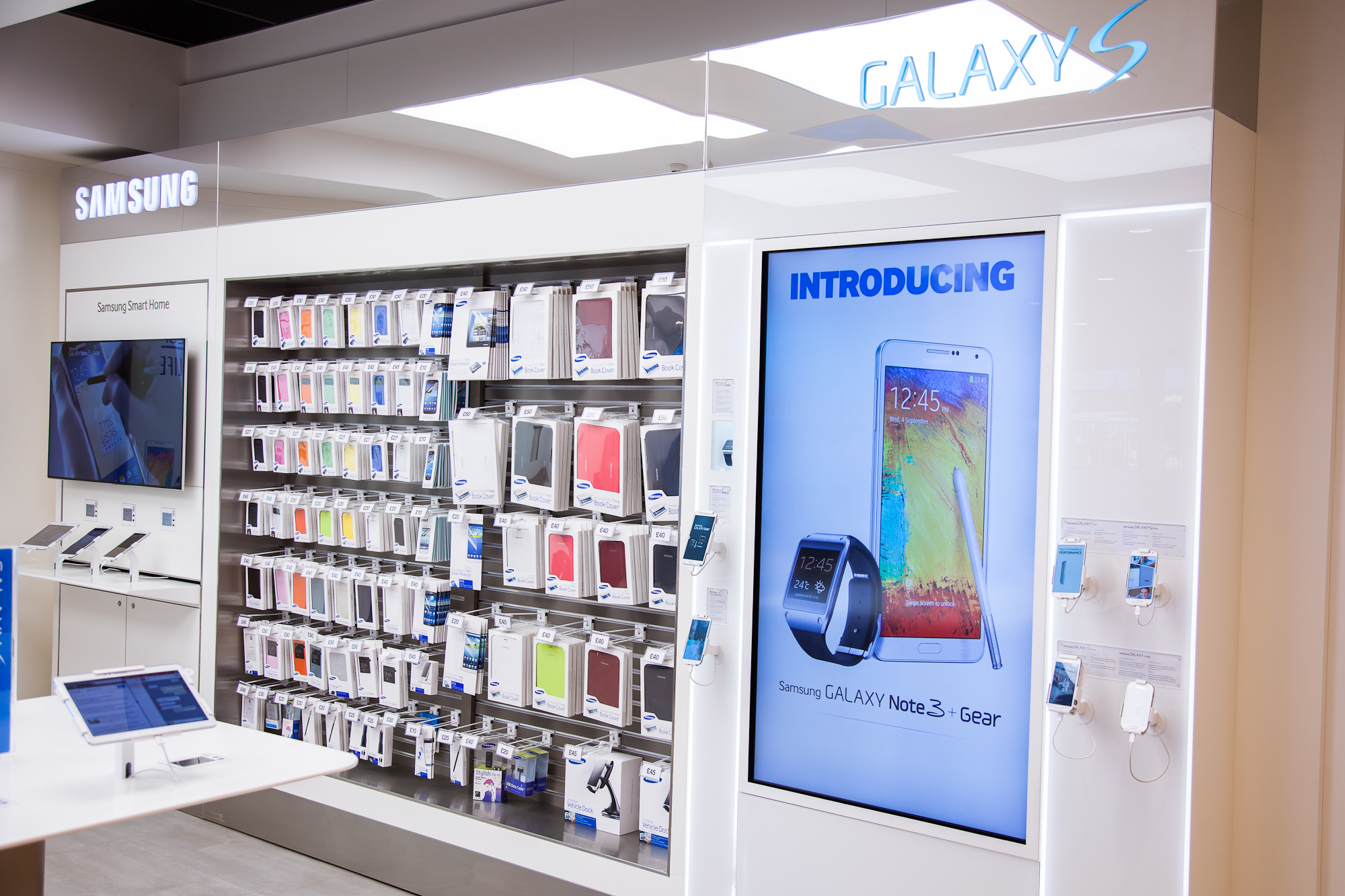
The first half of this feature on AV in shops and shopping centres looked at the growing expectations customers have when visiting retail facilities. Here Steve Montgomery discovers other new technologies aiming to enhance the shopping experience.
The use of multiple communication methods has been effectively demonstrated by Samsung in its Galaxy smartphone promotions. Paul Childerhouse, director at DOOH specialist Pioneer Group, was involved in the project: “All material and data is uploaded to a database and those assets used across mobile, web and in-store digital signage campaigns. It is a highly efficient way of ensuring that content is up-to-date; it can be deployed within a few minutes of its creation.”
New technologies, such as iBeacon, are likely to evolve over the coming years and Bluetooth can be used to interact with individual shoppers. “This can intelligently target individual shoppers, advising them of offers at their favourite restaurant or when new lines are in stock. Two-way communication is a big focus and is being used to improve the customer experience,” says Chris Ault, reseller account manager, LG Electronics UK.
However some technologies that were expected to become more prominent have not. Ault continues: “Gesture display has not achieved significant uptake. It is tricky to engage with, less accurate and often doesn’t seem to be working, making users feel uncomfortable. Other concepts: augmented reality, product lift sensors and virtual assistants are few and far between, clearly not becoming a significant method of enticing customers.”
The physical face of shops is changing as new displays become available. With competition on the high street, retailers need to capture the attention of shoppers from first glance at the store, so high-bright displays are being placed in windows.
Guy Phelps, retail sales, NEC Display Solutions, explains: “Retailers not wishing to obscure the view into the store are opting for ‘next to window’ displays; still viewable out of hours and attracting attention from passers-by but offering a potentially cheaper alternative requiring lower brightness and easier installation on a wall.”
Brand-led advertising is influencing the market, not least within shops and shopping centres. “Millenials expect to be reached through all channels prior to making a decision and that is largely the role and benefit that brands can bring to the equation,” points out Nathan Remmes, VP of marketing and business development at Nanolumens. “They are well-placed to create that emotive link directly with the customer online that draws them to the shops and continues with local interaction.”
Whether funding comes from the chain, shopping centre or brand owner is largely irrelevant to integrators, although it is likely to affect the planning and fulfilment process and especially timescales.
The average refresh-cycle of a shop is five to seven years and high-cost items are expected to last and look up-to-date throughout, although smaller screens and specialist campaign systems will come and go on a shorter cycle. Robin Critchley, operations director at digital media group Beaver Group: “Digital technology is regularly built into the first design of new builds; it was previously left as a second- or third-phase addition. Our input can be provided at an early stage, helping with planning and overall design. Of course, there are still many cases where digital is being added to existing stores or locations with installation work occurring out of hours. But, in any scenario, with proper planning and resource management almost anything is possible.”
Retail deployments of AV systems are fruitful to system integrators, but they are complex. With the right skillsets and an eye for developments in the market, pro-AV companies can offer added value to shops, shopping centres and brands that enhance and promote the brick-and-mortar shopping environment.
www.beavergroup.com
www.nec-display-solutions.com
www.lg.com
www.nanolumens.com
www.pioneergroup.co.uk
